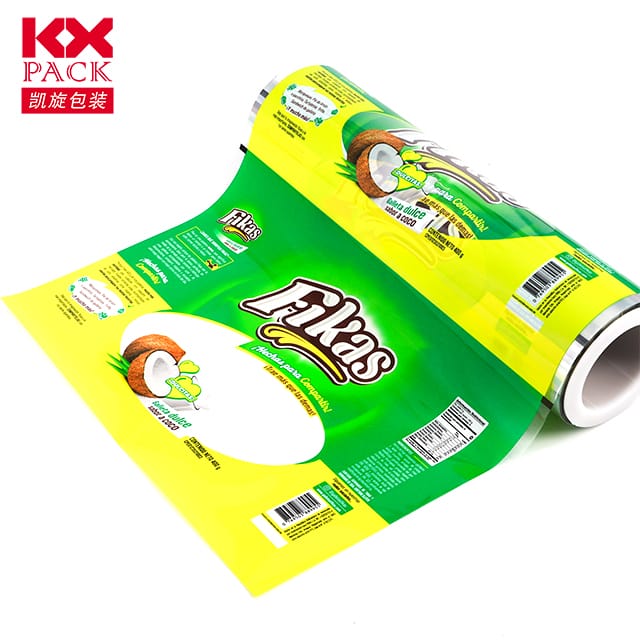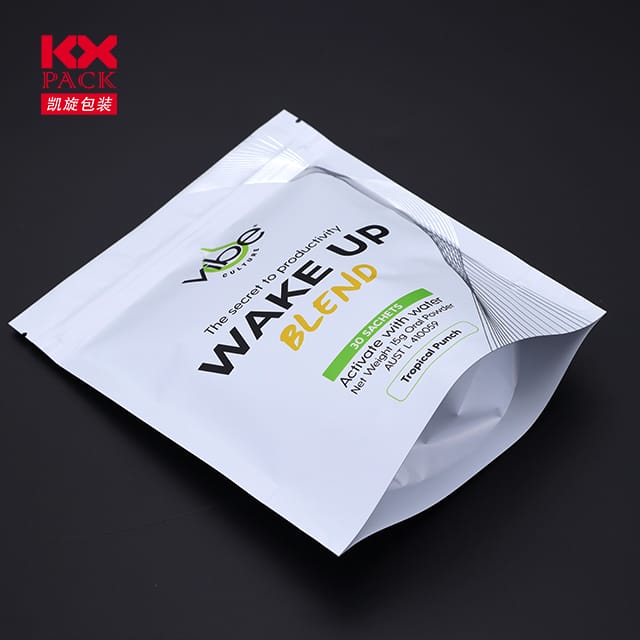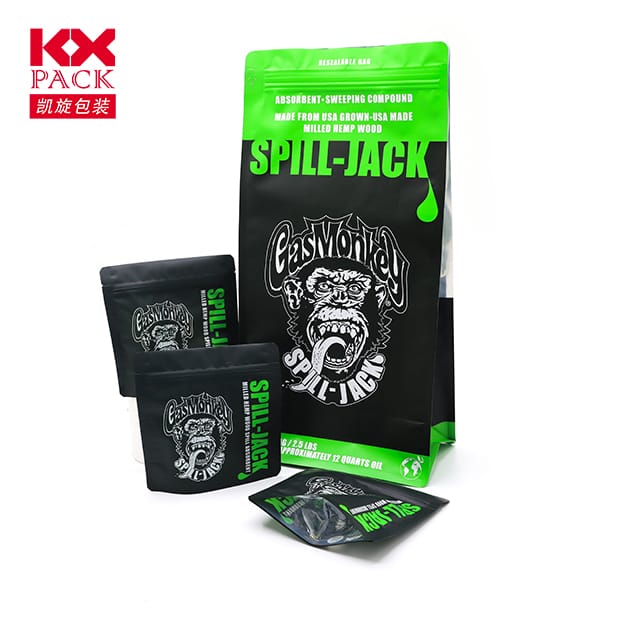บทบาทและวิวัฒนาการของบรรจุภัณฑ์ฟิล์มพลาสติก: การปรับสมดุลฟังก์ชั่นและความยั่งยืน
Plastic Film Packaging
Plastic film packaging has long been a cornerstone of modern consumer goods, อาหาร, and industrial sectors. ความเก่งกาจของมัน, ความคุ้มค่า, and ability to preserve product freshness have made it indispensable. อย่างไรก็ตาม, ในฐานะที่เป็นปัญหาด้านสิ่งแวดล้อม, manufacturers and consumers alike are reevaluating its role. Let’s explore the dynamics of plastic film packaging, its challenges, and its sustainable future.
Why Plastic Film Packaging Dominates the Market
Plastic films, รวมถึงโพลีเอทิลีน (วิชาพลศึกษา), โพรพิลีน (PP), และโพลีไวนิลคลอไรด์ (พีวีซี), are favored for several reasons:
- Protection and Preservation: These films act as barriers against moisture, ออกซิเจน, และสารปนเปื้อน, extending the shelf life of perishable goods like food, เภสัชกรรม, และอุปกรณ์อิเล็กทรอนิกส์.
- Lightweight and Flexible: Their malleability allows for custom shapes and sizes, reducing material waste and shipping costs.
- ประสิทธิภาพต้นทุน: Compared to alternatives like glass or metal, plastic films are cheaper to produce and transport, making them ideal for mass-market products.
- Transparency and Printability: Clear Films Showcase Products, while printed designs enhance branding and consumer appeal.
Environmental Challenges and Industry Responses
แม้จะมีข้อได้เปรียบ, plastic film packaging faces severe criticism due to its environmental impact:
- Single-Use Waste: A significant portion of plastic films ends up in landfills or oceans, contributing to pollution and harming wildlife.
- การรีไซเคิลอุปสรรค์: Many plastic films are difficult to recycle due to contamination, mixed materials, or lack of infrastructure.
In response, the industry is pivoting towardsustainable alternatives:
- ภาพยนตร์ที่ย่อยสลายได้และสามารถย่อยสลายได้: Innovations include plant-based polymers (เช่น, PLA from corn starch) and oxo-biodegradable additives that accelerate breakdown in natural environments.
- เนื้อหารีไซเคิล: Manufacturers are incorporating post-consumer recycled (PCR) materials into films, ลดการพึ่งพาพลาสติกบริสุทธิ์.
- Reusable Packaging Systems: Brands are experimenting with refillable containers and return-and-reuse models to minimize single-use waste.
- Advanced Recycling Technologies: Chemical recycling methods, such as pyrolysis, are being explored to transform mixed plastics into reusable raw materials.
Industry Trends Shaping the Future
- แรงกดดันด้านกฎระเบียบ: Governments worldwide are imposing stricter rules on plastic use. ตัวอย่างเช่น, the EU’s Single-Use Plastics Directive bans certain non-recyclable items, pushing companies to innovate.
- Consumer Demand for Eco-Friendly Options: Surveys show that 70% of consumers are willing to pay more for sustainable packaging, driving brands to adopt greener solutions.
- ความคิดริเริ่มทางเศรษฐกิจแบบวงกลม: Leading companies are investing in closed-loop systems where packaging is collected, recycled, and repurposed endlessly.
- Technological Advancements:
- Barrier Coatings: Nanotechnology-enhanced films improve oxygen and moisture resistance, reducing the need for thick, multi-layer packaging.
- ภาพยนตร์ที่กินได้: ทำจากสาหร่ายหรือแป้ง, these biodegradable coatings are gaining traction in the food industry.
Case Study: Success in Sustainable Packaging
Takeวง, a global reusable packaging platform partnering with brands like Unilever and Nestlé. Customers receive products in durable, ภาชนะที่ใช้ซ้ำได้, which are collected, cleaned, and refilled. This model reduces plastic waste by up to 90% compared to single-use packaging.
ในทำนองเดียวกัน, Apeel Sciences has developed an edible, plant-based coating that extends the shelf life of fruits and vegetables, reducing the need for plastic wraps.
เส้นทางข้างหน้า: Collaboration and Innovation
Achieving a sustainable future for plastic film packaging requires collective effort:
- Industry Collaboration: ผู้ผลิต, ผู้ค้าปลีก, and recyclers must work together to standardize recycling processes and invest in infrastructure.
- การศึกษาของผู้บริโภค: Raising awareness about proper disposal and recycling habits is critical.
- Policy Support: Governments should incentivize sustainable practices through tax breaks or grants for R&ดี.
บทสรุป
Plastic film packaging is at a crossroads. While its functionality remains unmatched, the industry must prioritize sustainability to survive. By embracing biodegradable materials, แบบจำลองเศรษฐกิจแบบวงกลม, and innovative technologies, manufacturers can reduce their environmental footprint without compromising quality or cost-efficiency.
The question is no longerwhether to use plastic film packaging, buthow to use it responsibly. The future belongs to those who balance innovation with eco-consciousness.
What steps do you think brands should take to make plastic film packaging more sustainable? มาพูดคุยกันในความคิดเห็น! 🌍📦
คำสำคัญ: plastic film packaging, ความยั่งยืน, ย่อยสลายได้, circular economy, recycling, นวัตกรรม.






